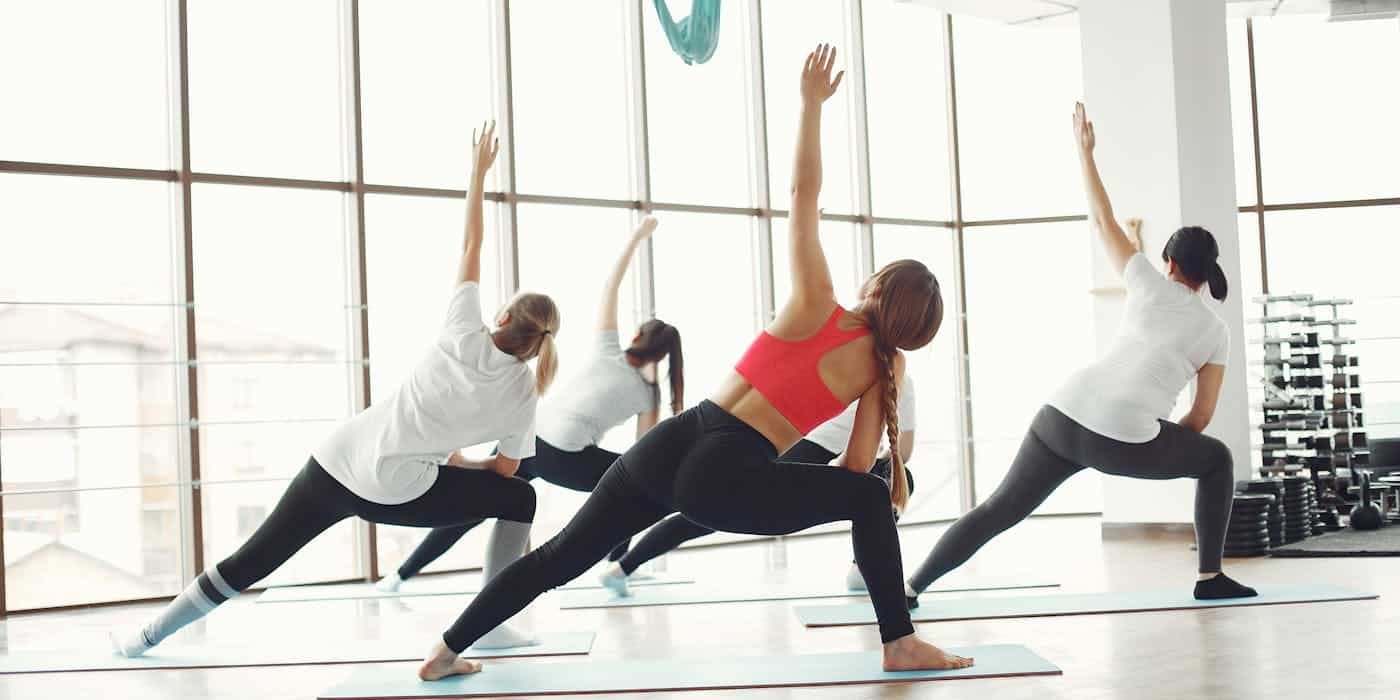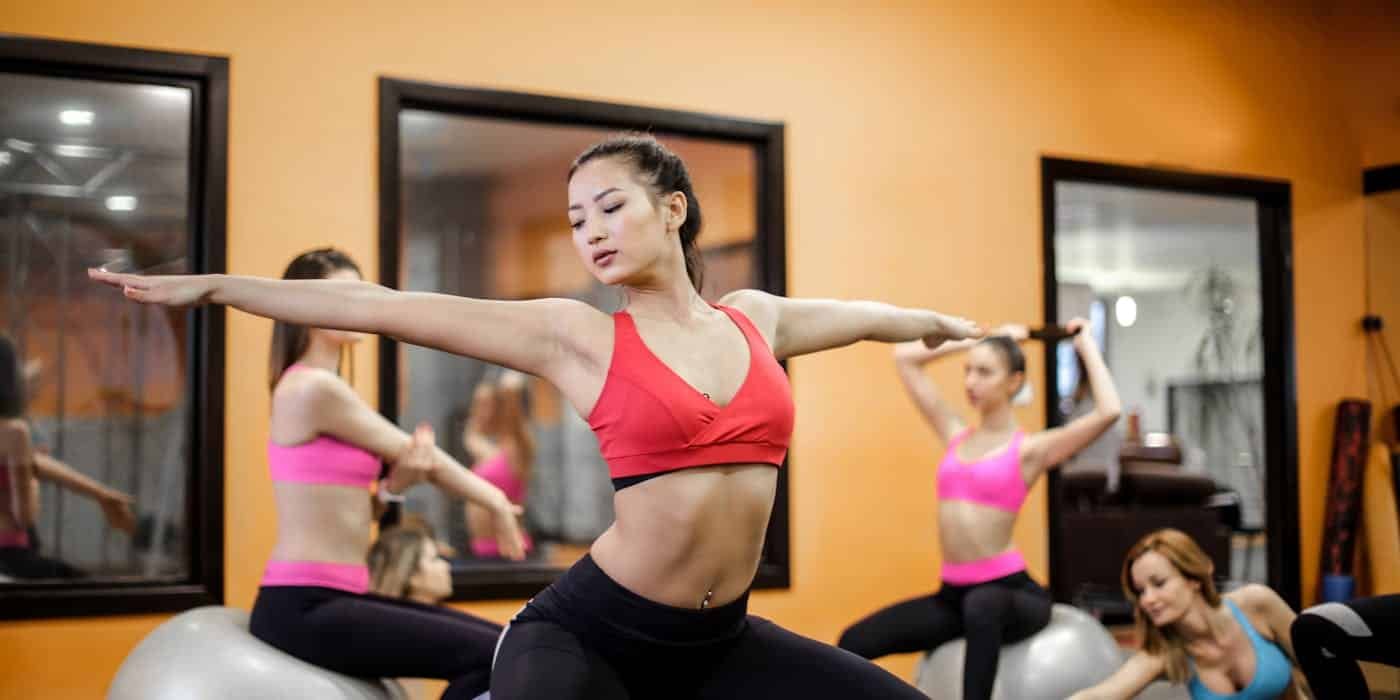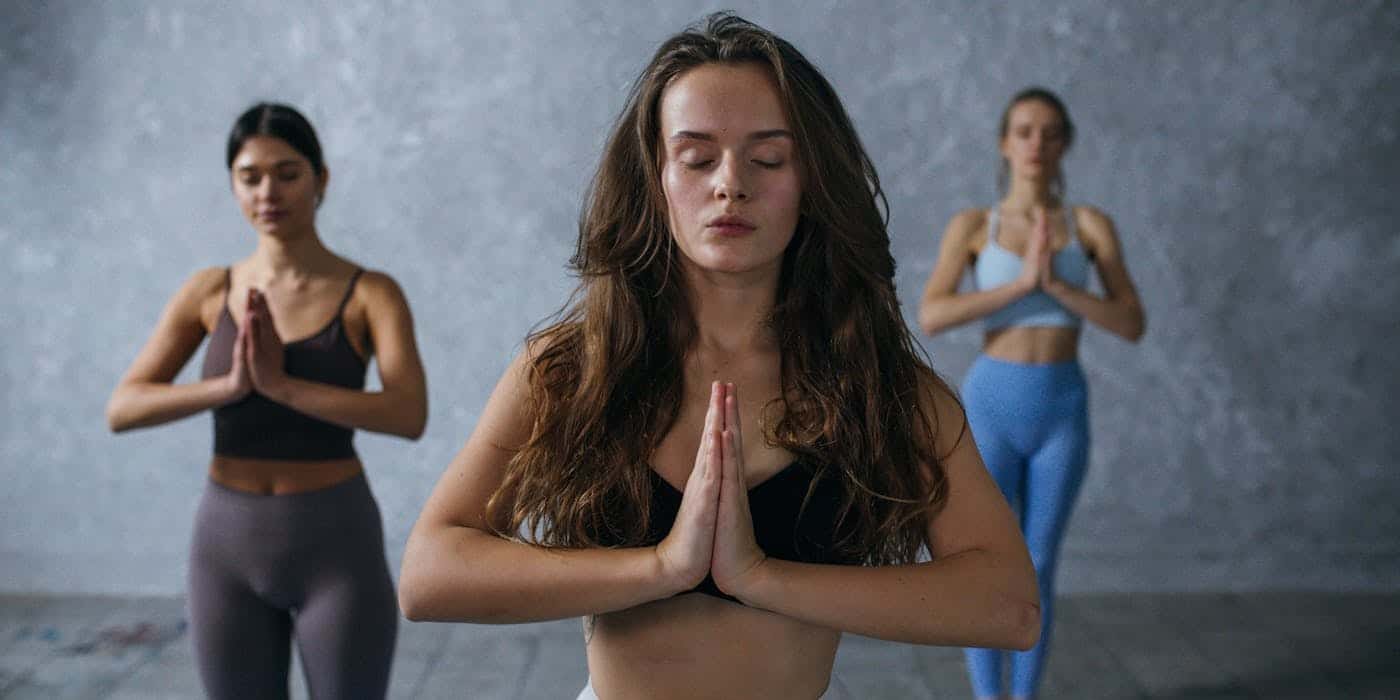Pilates exercises are a form of exercise that focuses on strengthening the core muscles of the torso and back to improve overall strength, flexibility, balance and posture. Developed by Joseph Pilates in the early 20th century, Pilates emphasizes proper breathing, precision, the flow of movement, and engaging the correct muscles.
[ez-toc]
A strong core is essential for providing stability to the spine and preventing injury. It also allows greater efficiency of limb movement for sports and everyday activities. The core refers to the muscles of the abdomen, lower back, hips and pelvic region. Pilates targets and strengthens these key areas.
This article overviews the most effective Pilates exercises to strengthen the core for beginners to advanced practitioners.
Benefits of Pilates Core Training
Strengthening your core with Pilates offers many benefits:
- Improves posture and spinal alignment
- Prevents back pain and injuries
- Supports effective body movement patterns
- Enhances sports performance
- Builds balance and stability
- Increases flexibility and range of motion
- Tones abdominal and back muscles
- Boosts metabolism and facilitates weight loss
By developing core strength, functional movement is improved for everyday tasks as diverse as lifting objects, getting in and out of a car, carrying groceries, and playing sports with optimal control and efficiency.
Pilates Principles
There are several key principles that instructors follow when teaching Pilates to properly and safely strengthen the core:
- Centering: Engaging the powerhouse core muscles to stabilize the spine
- Control: Deliberate and precise movements utilizing the full range of motion
- Concentration: Intense focus on proper form and technique
- Breath: Proper breathing synchronized with movements
- Flow: Seamlessly transitioning between exercises
- Precision: Quality and control of movement takes priority over quantity of repetitions
Following these fundamentals allows for safe and effective strengthening progressions while preventing injury. Pilates teachers provide modifications as necessary based on the individual’s fitness level.

Complete Core Anatomy
The core refers to all muscles of the torso that stabilize the spine, pelvis and shoulder. These include:
Front Core
- Rectus abdominis: Long, flat muscle extending along the front of the abdomen, this is the “six-pack” muscle.
- Obliques: Muscles along the sides of the waist are crucial for rotation and lateral bending. Includes internal obliques and external obliques.
- Transverse abdominis: A deepest abdominal muscle that wraps around the spine for stability and postural support.
- Pelvic floor muscles: Muscles spanning the bottom of the pelvic cavity that support pelvic organs and assist core stability.
Back Core
- Erector spinae: Paired muscles running along the spine to extend and laterally bend the back.
- Multifidus: Small stabilizing muscles beneath the erector spinae supporting each vertebra.
- Latissimus dorsi: Large, flat back muscles involved in pulling the shoulder downwards and twisting at the spine.
- Gluteal muscles: Muscles of the buttocks, are important contributors to core stability.
Many Pilates exercises target multiple core muscles simultaneously to train the area as a functional unit with full integration.
Complete Pilates Core Workouts
There is a wide selection of Pilates exercises that can be incorporated into full-body core workouts suitable for all fitness levels. The following sections outline suggested Pilates core routines for beginners, intermediate and advanced practitioners.
Beginner Core Exercises
Those new to Pilates will benefit from basic core strengthening exercises before progressing to more challenging moves:
- Pelvic tilts: Flatten lower back against the mat by tightening abdominal muscles.
- Cat cow stretch: Move between convex and concave spine positions on all fours.
- Dead bug: Gradually lift opposite arm and leg while keeping spine flat on the mat.
- Heel slides: Draw one knee towards the chest then straighten the leg back out.
- Leg circles: Raise one leg and carefully circle it clockwise and counterclockwise.
Aim to complete 10-15 repetitions for 1-2 sets of each exercise, allowing the core to rest 30 seconds between sets. Over time, accumulate 2-3 sets of 10-20 reps for each move.
Intermediate Core Exercises
When ready to further challenge core strength, incorporate more complex Pilates exercises:
- The hundred: Pump arms up and down 100 times with legs raised while contracting the abs.
- Roll up/roll down: With legs straight, roll the spine vertebrae by vertebrae up and down along the mat.
- Crisscross: With shoulders off the mat, twist the torso to touch the opposite elbow to knee then switch sides.
- Swimming: Raise opposite arm and leg, drawing them away from each other then release back down.
- Leg pull front/Leg pull back: Lay on the side and raise the top leg, pulling it forward then pushing it back. Repeat on both sides.
Build 2-3 sets of 10-15 reps of the intermediate exercises. Maintain precision rather than momentum.
Advanced Core Exercises
Here are some advanced Pilates core moves to challenge the most experienced:
- Teaser: In a V-shape, raise legs and shoulders simultaneously then lower back down with control.
- Jackknife: From a straight body position, raise legs and torso as one unit then lower down.
- Side kick: Lay on the side and raise the top leg without shifting hips, squeezing the waist. Lower with control.
- Corkscrew: Lay on your back and rotate your legs in a circle around the hips while keeping your shoulders still.
The advanced exercises can be performed for 10-15 reps, 2-3 sets. Maintain stability and proper alignment as fatigue sets in.
Modifying Core Exercises
There are a variety of ways to simplify or intensify the Pilates core routine:
- Reduce or increase the range of motion
- Lessen or add resistance by using bands or weights
- Adjust speed – slower for more control, faster to vigorously engage the core
- Support back or legs against the wall to make exercise easier
- Integrate physioball or Bosu ball to challenge stability
- Change position – upright exercises require more core control
- Perform single sets until core strength develops
- Enhance stress by closing your eyes to rely purely on core muscles
Discuss appropriate modifications with a certified Pilates instructor to tailor the workouts to individual capability and prevent strain or injury.
Comparison of Pilates Core Training vs Traditional Abs Exercises
While traditional crunches and sit-ups target the abdominals, Pilates employs a much more comprehensive approach to strengthening the entire core.
| Pilates Core Training | Traditional Abs Exercises |
| Activates deep and superficial core muscles simultaneously | Works primarily superficial abs like rectus abdominis |
| Emphasizes quality of movement over quantity of reps | High numbers of reps performed rapidly |
| Controlled, small-range movements to avoid momentum | Extended, sometimes jerky range of motion |
| Stabilizes spine by co-activating core muscles | Heavy emphasis on flexion that overuses rectus abdominis |
| Discourages overarching lower back | Often arches lower back increasing strain |
Both modalities can contribute to core fitness. Pilates principles help strengthen the core as an integrated unit with proper muscle balance around the spine. Traditional crunches build abdominal endurance – best performed with good technique.
For optimal core stability and injury resilience, Pilates exercises are preferable to complement traditional abdominal moves.
Comparison of Pilates Equipment for Core Training
There is a full range of unique Pilates apparatus designed to provide additional options for core strengthening.
| Mat Pilates | Reformer | Cadillac | Chair | Barrels |
| No equipment required | Spring resistance sliding platform carriage | Trapeze table with springs, bars & straps | Vertical frame with springs & padded platforms | Rounded platforms for exercising on top |
| Modifications allow progression | Springs add adjustable resistance | A variety of attachments challenge control & coordination | Emphasizes seated core engagement | Unstable surface trains balance & coordination |
| Portable & accessible option | Lying, sitting & standing exercises | Suspension and inversion positions | Enhances spine flexibility & circulation | Alternative for those with wrist sensitivity |
| Affordable start to Pilates | Higher cost equipment | Space-consuming apparatus | Prone for incorrect torso alignment | Can feel confined for some users |
All apparatus effectively target the core muscles. The appropriate Pilates equipment depends on personal preferences, cost, space and physical attributes. Trying each modality determines which enables optimal and enjoyable core strengthening progression.

Frequently Asked Questions
How often should the core be trained with Pilates?
Beginners can start with 20-30-minute Pilates core sessions every other day, allowing recovery between workouts. Intermediate and advanced trainees can perform slightly longer 40-60 minute sessions targeting the core up to 4 times per week depending on desired training frequency and recovery needs.
Which provides a better core workout – Mat Pilates or Reformer?
Both provide extremely effective means to strengthen the core. Mat Pilates emphasizes building core control and stability. The reformer adds spring resistance to increase abdominal muscle activation and intensity. Combining mat and reformer Pilates workouts allows comprehensive core training with maximal functional challenges.
Do I need strong core muscles if I don’t have back pain?
Absolutely! A strong, stable core centred around a supple spine provides an incredible foundation to prevent future back pain and injury. Those with and without existing back problems benefit tremendously from consistent Pilates core training for everyday quality of life, sports performance and long-term health.
Can Pilates flatten my stomach?
Yes! Many Pilates exercises target the abdominal muscles responsible for a trim, tight waistline. Over time, regularly performed core workouts will strengthen and tone the midsection. A balanced diet supports metabolic stimulation for reducing overall body fat. Combined with cardio exercise, Pilates provides an integrated approach to abdominal fat loss.
Is Pilates safe during pregnancy?
Yes, Pilates core exercises can be very safe and beneficial during pregnancy but require modifications. Check with your doctor first, then explore prenatal Pilates classes or work with an instructor experienced in adapting the routines appropriately for each trimester as the body changes. This guarantees safe core strengthening progression throughout pregnancy.

